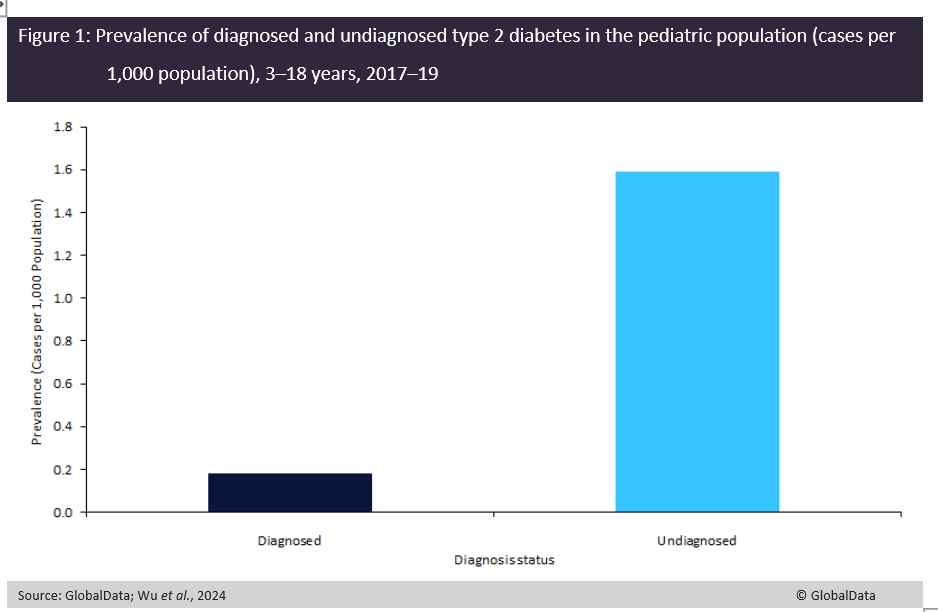In China, type 2 diabetes has become an increasingly prevalent, serious public health challenge.
But despite the growing challenge, relatively little scholarship has explored the epidemiology of type 2 diabetes among the country’s children. In a recent publication in The Lancet Regional Health – Western Pacific, Wu and colleagues conducted a large-scale, nationally representative study throughout China’s school system to measure the prevalence of diabetes and glucose tolerance.
Their findings suggest that the type 2 diabetes prevalence in the paediatric population greatly exceeds previously reported estimates. Furthermore, when compared to screening results, the awareness of diagnosis was found to be significantly lower. GlobalData epidemiologists project a slight increase in the number of diagnosed prevalent cases of type 2 diabetes among the 0 to 19-year-old age group in China from more than 114,500 to approximately 115,400 between 2024 and 2028. The data provided by Wu and colleagues raises the possibility that the actual number of cases in this population could be higher due to insufficient screening, diagnosis and awareness. Given the substantial health risk the condition poses to patients later in life, it is critical to formulate a strategy to prevent and accurately diagnose type 2 diabetes among China’s child and adolescent population.
In the first known population-based study of paediatric type 2 diabetes in China, Wu and colleagues conducted screening for diabetes and pre-diabetes in 12 provinces in China between 2017 and 2019. The study, which included 198,801 participants aged three to 18 years, surveyed diabetes risk factors, including family history of diabetes and anthropometric measurements such as body mass index. In the following phase, the authors administered standard oral glucose tolerance testing to identify diabetes in the study population.
Based on survey responses, participants displayed a prevalence of previously diagnosed type 2 diabetes of 0.18 cases per 1,000 population. By contrast, screening revealed a prevalence of undiagnosed type 2 diabetes at 1.59 per 1,000 population (Figure 1), yielding a diagnosis rate of only 10.17% among type 2 diabetes cases. Furthermore, screening showed a high prevalence of both undiagnosed impaired glucose tolerance (IGT) and impaired fasting glucose (IFG) – rates comparable to those estimated in the adult population.
The findings presented in Xu and colleagues’ study highlight a troubling disparity between paediatric type 2 diabetes awareness and its actual prevalence. As a risk factor for several serious health conditions in both youth and especially later in life, the need for early prevention, detection and management of type 2 diabetes is essential for combating heightened morbidity. Chinese policymakers may consider raising awareness of diabetes symptoms among parents and in schools to encourage regular screening of high-risk children. Moreover, pre-diabetes, in the form of IFG and IGT, deserves greater attention from public health authorities. The surprisingly high prevalence of these indicators suggests that the risk of developing type 2 diabetes is high, creating opportunities for health promotion efforts that emphasise preventive lifestyle interventions.
Access the most comprehensive Company Profiles on the market, powered by GlobalData. Save hours of research. Gain competitive edge.

Your download email will arrive shortly
We are confident about the unique quality of our Company Profiles. However, we want you to make the most beneficial decision for your business, so we offer a free sample that you can download by submitting the below form
By GlobalData

